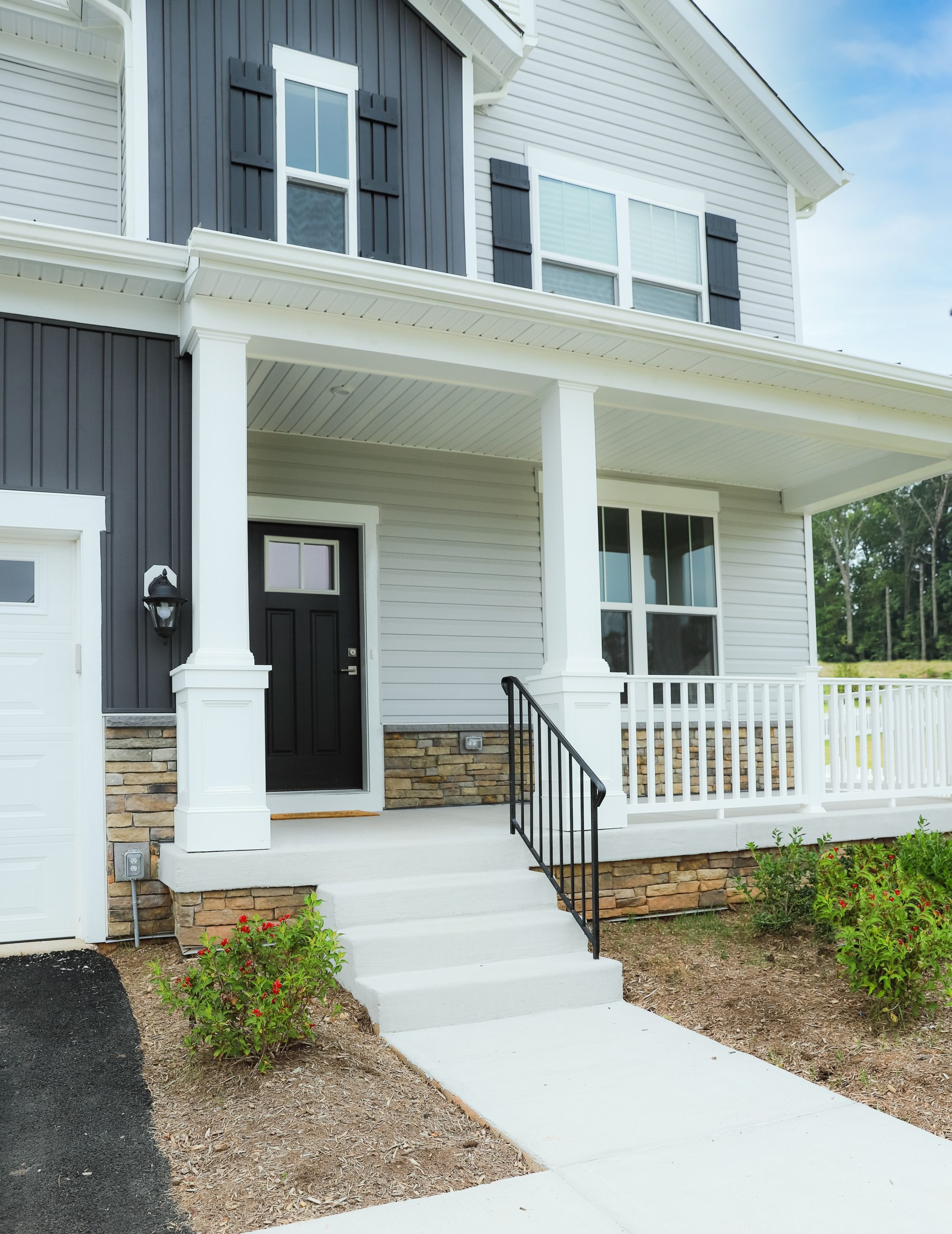In the wake of the COVID-19 pandemic, remote work has emerged as a defining feature of the new normal. With the widespread adoption of remote work policies, the dynamics of the housing market have undergone significant shifts. This article explores the impact of remote work on housing trends, examining how it has influenced where people choose to live, the types of properties in demand, and the broader implications for urban and suburban communities.
Changing Preferences: Urban vs. Suburban Living

One of the most notable effects of remote work on housing trends is the reevaluation of urban versus suburban living. Historically, urban centers have attracted professionals seeking proximity to job opportunities, cultural amenities, and vibrant social scenes. However, the rise of remote work has challenged this paradigm. With the need to commute to the office no longer a primary concern, many individuals and families are opting for suburban or rural locations offering more space, affordability, and a slower pace of life.
Shifts in Housing Demand
The shift towards remote work has fueled demand for larger, more versatile living spaces. Priorities have evolved from proximity to work hubs to features such as home offices, outdoor areas, and additional rooms for family members or dedicated workspaces. Suburban areas and smaller towns have seen increased interest, with homebuyers prioritizing properties with more square footage, yards, and access to nature. Conversely, high-density urban areas have experienced a decline in demand, particularly for small apartments in city centers.
Rise of Remote-Friendly Communities
In response to the growing demand for remote-friendly living environments, some communities are adapting to accommodate remote workers. This includes the development of co-working spaces, enhanced internet infrastructure, and amenities tailored to telecommuters. Additionally, certain cities and regions are actively marketing themselves as ideal destinations for remote workers, leveraging factors such as affordable housing, quality of life, and access to recreational opportunities.
Implications for Urban Development
The rise of remote work poses both challenges and opportunities for urban development. On one hand, cities may face declining tax revenues and reduced demand for commercial real estate as remote work diminishes the need for traditional office spaces. On the other hand, there is potential for revitalization through adaptive reuse of existing office buildings, mixed-use developments, and investments in infrastructure that prioritize pedestrian-friendly, livable urban environments.
Challenges and Opportunities for Urban Revitalization
The shift towards remote work presents both challenges and opportunities for urban revitalization efforts. While some cities may experience a decline in traditional office-based employment, there is potential for repurposing underutilized commercial spaces into mixed-use developments that cater to remote workers’ needs. This could include converting office buildings into residential units, co-working spaces, or amenities such as gyms, cafes, and communal areas. Additionally, investments in infrastructure improvements, such as expanding broadband access and creating pedestrian-friendly environments, can enhance the appeal of urban living for remote workers and residents alike. By embracing adaptive strategies and innovative approaches to urban development, cities can position themselves as attractive destinations for remote workers while fostering sustainable growth and economic resilience.
The Role of Policy and Planning in Shaping Housing Trends
Effective policy and planning play a crucial role in shaping housing trends in the era of remote work. Local governments and planning authorities must anticipate and respond to the evolving needs of remote workers and communities. This includes zoning regulations that accommodate mixed-use development, incentives for affordable housing initiatives, and investments in transportation infrastructure that support flexible commuting options. Moreover, policies aimed at promoting sustainable and inclusive urban development can enhance the livability of cities and suburbs alike, ensuring that all residents have access to quality housing, amenities, and economic opportunities. By taking a proactive approach to policy and planning, decision-makers can help navigate the transition to remote work while fostering thriving, resilient communities for the future.
Comparative Analysis: Urban vs. Suburban Housing Trends
| Aspect | Urban Living | Suburban Living |
|---|---|---|
| Housing Demand | Decline in demand for small apartments in city centers | Increase in demand for spacious homes with yards |
| Amenities | Access to cultural institutions, dining, and nightlife | Proximity to parks, schools, and family-friendly |
| Commute | Emphasis on public transportation and walkability | Reliance on personal vehicles and longer commute times |
| Cost | Higher cost of living, especially in prime locations | Generally more affordable housing options |
| Community Engagement | Diverse population and social opportunities | Strong sense of community and neighborhood ties |
Conclusion
The widespread adoption of remote work has fundamentally altered housing trends, reshaping preferences for urban versus suburban living and driving demand for larger, more adaptable properties. As remote work continues to redefine the way we work and live, it is essential for policymakers, urban planners, and real estate professionals to adapt to these shifting dynamics. By understanding the evolving needs of remote workers and fostering supportive living environments, communities can thrive in the new normal of remote work.











